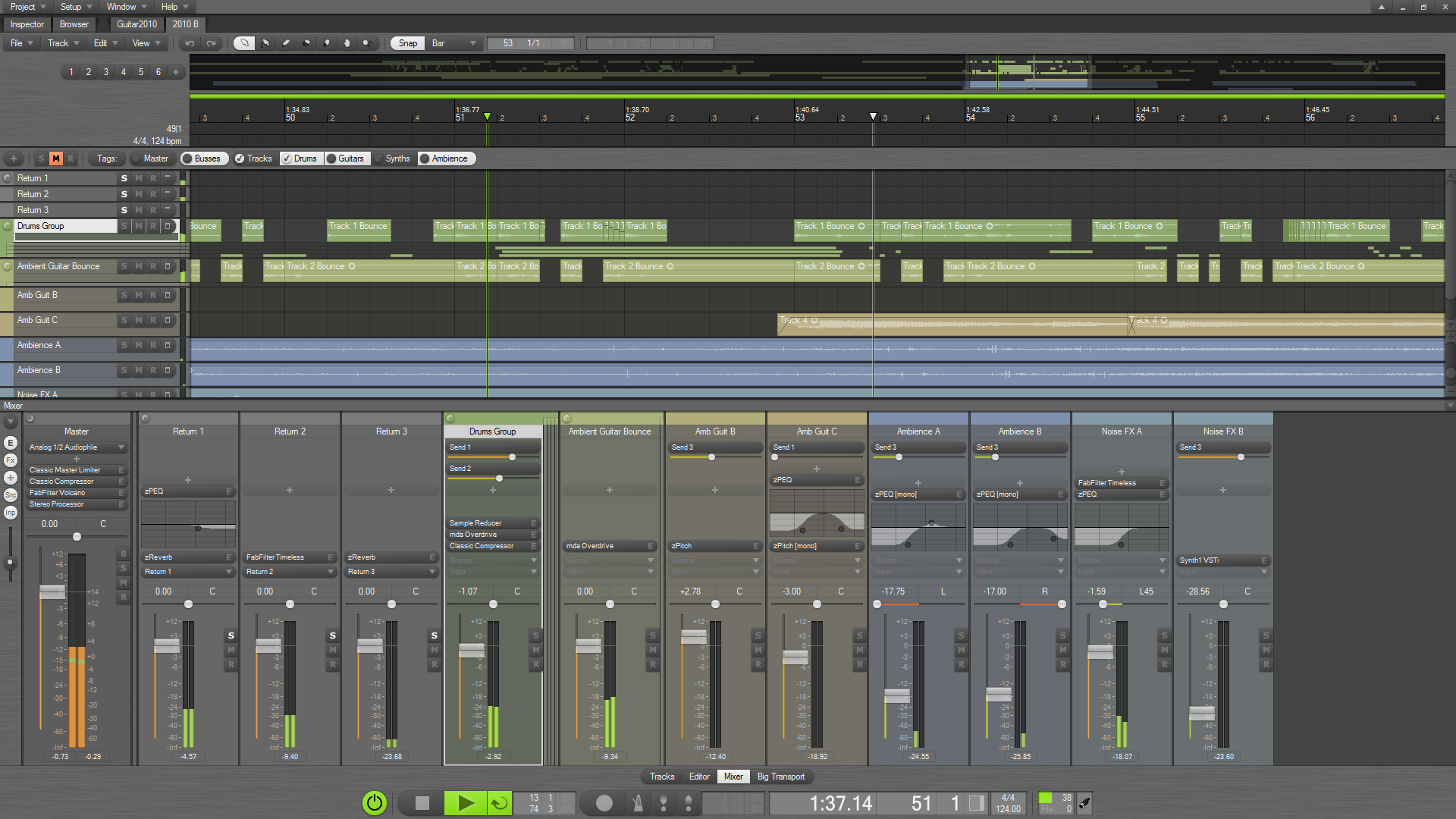REQ: Zynewave Podium 3.4.2

Podium is a modern digital audio workstation (DAW) for Windows. It supports recording and editing of audio and MIDI, and hosts VST instrument and effect plugins.
Feature overview
Object based project structure
Each project can contain an unlimited number of arrangements.
Arrangements can share sequences and sounds in the project, making it easy to create alternative mixes of a song.
Sequences and sounds can be pasted on tracks as phantom copies, so that editing the sequence affects all phantom copies.
Library preset objects can be stored in the project as an alternative to maintaining a separate collection of plugin preset and bank files.
Customizable user interface
Layout your workspace in a single window or use multiple windows to utilize multiple monitors.
Arrange windows in screensets and switch screen with key shortcuts.
Editor layouts can be extensively customized using editor profile dialogs.
Alternative editor profiles can be created and selected with key shortcuts.
Sequence and sound editors can be embedded in the arrangement editor.
Use key shortcuts to hide and show the track inspector, mixer and embedded editors to maximize your workspace.
Use color scheme files or the color setup dialog to change the general appearance of the Podium UI.
Hierarchic engine
Tracks are organized in a hierarchic tree structure defining both the visual layout and how audio, MIDI and parameter automation is routed.
The mixer shows the hierarchic track tree as vertical strips with easy access to mixer controls and precision metering.
Group tracks can be configured for sub-mixing.
Advanced track setups can be copied as templates for new tracks.
Audio processing can be configured to either 32 or 64-bit floating point.
Multicore and multiprocessor support to maximize performance of plugins.
Automatic delay compensation for plugins and external hardware.
‘Gapless’ performance, meaning edit actions do not interrupt playback.
Recording and editing
Record any number of MIDI and audio inputs simultaneously.
Edit recorded MIDI note sequences with piano-roll or drum map editors.
Edit automation curves by drawing bar, line and spline point events.
Parameter tracks in the mixer has sliders for quick editing of automation.
Parameter objects can be dragged onto the track timeline to create parameter events that has dials for setting values.
Record MIDI SysEx as raw data events or as parameter automation.
Loop recording of audio input tracks.
Customizable fade-in/out curves on sound events and automatic crossfades.
Beat slicing.
Audio bounce tracks
Bounce tracks allows capturing the track audio output and switch between playback of the bounced audio or the child tracks in the bounce group.
Insert bounce tracks anywhere in the hierarchic track tree.
Bouncing can be done both by realtime recording and offline rendering.
The audio events recorded on a bounce track can be moved around like normal sound events.
Bounced plugins can be unloaded from memory to further save system resources.
VST plugins
VST 2.4 support including 64-bit double precision processing.
Unlimited instances supporting multiple IO, multitimbrality and side-chaining.
MIDI and audio routing of an insert plugin can be handled on a single track.
Podium comes bundled with zPEQ, zReverb and zPitch which are the first in a series of plugins being developed by Zynewave.
zPEQ is a 6 band parametric EQ.
zReverb is an algorithmic reverb with stereo source positioning.
The zPlugin editors are integrated in the Podium UI.
External hardware devices
MIDI and audio routing of an external device can be handled on a single track.
Automatic delay compensation of MIDI and audio latencies.
Hardware devices and plugins can be routed interchangeably in the track hierarchy.
Bounce recording allows using a single hardware device on multiple tracks.
Mixer busses
Create up to 100 mixer bus instances.
Send and return mappings can be placed freely in the track hierarchy.
A mixer bus return can be assigned on multiple tracks.
A mixer bus can feed into other mixer busses.
Any latency added by a mixer bus return processing will not affect realtime monitoring of tracks that are not sending to the mixer bus.
Multi-channel audio
